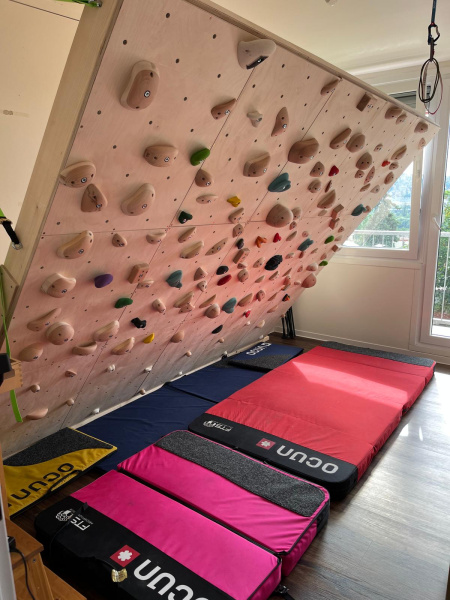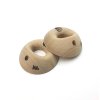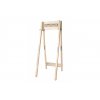Home climbing wall: How to choose or build one
Home Climbing Wall: How to Choose and Build One
Want to improve your climbing and don't want to constantly travel to the gym? A home climbing wall is the ideal solution. It allows you to train anytime, improve your strength and technique, and have everything at home "under one roof". Plus, it can save you considerable costs on gym entry fees. In this article, we'll advise you on how to choose the type of wall, what to watch out for, and how to maximize the wall for your training.

Types of Home training walls
Training Frame
This is a freestanding "frame", similar to a door frame, on which you can hang a hangboard, campus board, or other training elements. The advantage is easy installation without the need to drill into the wall and low acquisition costs. The disadvantage is somewhat limited training options. Check out our bestseller Portal.
¨Fixed Wall
A wall without the ability to adjust the angle. Lower acquisition costs, but less training variability. Suitable especially if you have plenty of space available and can afford to make several sections with different angles.
Adjustable (Tilting) Wall
Ideal for home training. You can change the angle of inclination, so you can practice both endurance and maximum strength. Great for advanced training and simulating routes of various difficulties. With a little effort, you can complete a full training session on a home adjustable wall.
##PRODUCT-WIDGETS-41076##
Size and Space
Have limited space? Then a home adjustable wall is ideal for you. Ceiling height is also crucial. For low spaces, we recommend a wall without a kicker. However, if the possibilities allow it at least somewhat, definitely install at least a small kicker - this significantly increases the wall's variability, simplifies starting from a seated positions, etc.
Materials and Safety
Load-bearing Structure
You can go the route of a steel frame, which is quite expensive and difficult to weld at home yourself. You'll do just fine with a construction made of wooden construction beams (KVH). KVH beams are sufficiently strong, affordable, and last but not least, aesthetic. For the main panels, use quality plywood at least 15 mm thick. Stable anchoring to the wall or floor is crucial. If you don't have the option to anchor to the wall, the solution is a freestanding wall.
Holds
Wooden holds are gentle on the skin, durable, ecological, and look good in any interior. If you're interested in all the advantages of wooden holds, check out this article: Why are wooden holds better than plastic ones?
Safety
Don't forget a soft mat under the wall. Regularly check the hold attachments and the stability of the entire structure. Safety is always the top priority.

DIY vs. Purchased Wall
DIY
If you have some experience and tools, you can build the wall yourself. The advantage is individual design and the ability to customize the space perfectly. The disadvantage is time and experience, which can make the entire wall quite expensive in the end.
Purchased Wall
Quick installation in "IKEA" style, proven and safe construction, optimized design, usually adjustable construction.
##PRODUCT-WIDGETS-41076##
How to Maximize Wall Use
Plan regular but shorter training sessions, ideally 20–40 minutes daily. Combine climbing with light strength exercises – you can also use a hangboard, pull-ups, finger exercises, and some stretching.
Track your progress and write down what you've accomplished and what you want to improve next time. Get inspired by other climbers – even a small home wall can be a source of creative routes.
Buy some good food and invite friends over for a home boulder session. You won't get kicked out of your own bouldering gym even after closing time! :)
Conclusion
A home climbing wall gives you the freedom to train and the ability to specifically improve both technique and strength. The right choice of wall type, quality materials, and safety features will ensure efficient and fun training at home.
Whether you're building DIY or purchasing a ready-made wall, the main thing is that the wall entertains you and motivates you to climb regularly.








